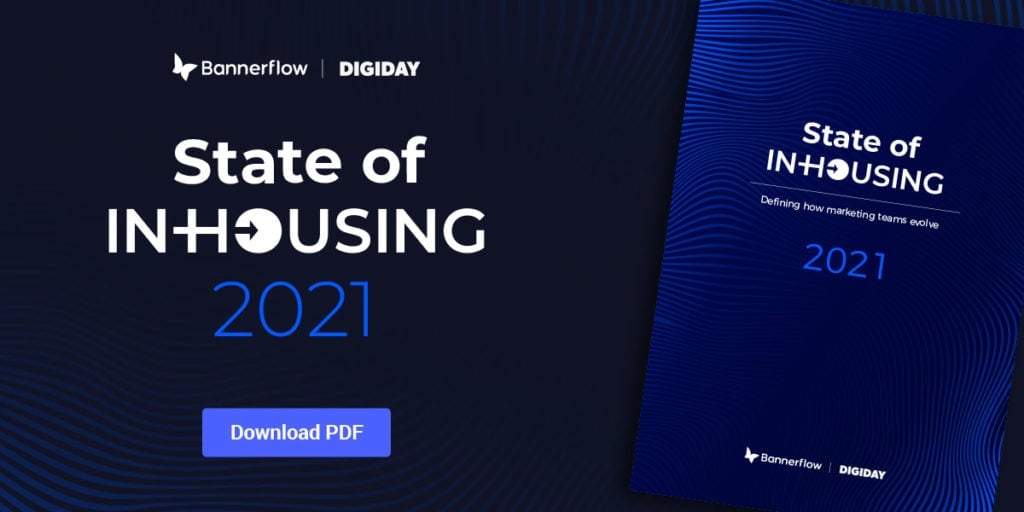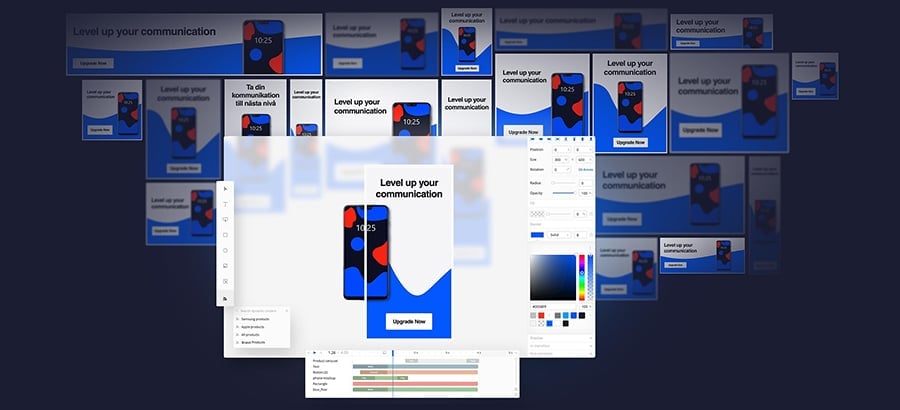The subject of transparency in digital advertising cannot be ignored. Along with issues of brand safety and ad fraud it is a fault line down which players in the industry are demanding change. But what is transparency in digital marketing? And why should digital advertisers care if the service or platform they use provides it?
P&G’s Marc Pritchard calls for action
Early in 2017 Proctor & Gamble (P&G) Marketing Chief, Marc Pritchard, challenged digital advertising’s status quo. It was the “biggest marketing speech of the last 20 years” according to Marketing Week’s Mark Ritson. In his Internet Advertising Bureau (IAB) speech, Pritchard said P&G had “come to its senses”. There was no advantage in a “complicated, non-transparent, inefficient…supply chain”. A supply chain that was “murky at best, and fraudulent at worst”. He had lost patience with industrywide bullshit and P&G wanted action.
In his eyes (and many others) the model is broken and needs fixing. For Pritchard, “the bloom came off the rose for digital media”. His speech was a catalyst for change.
What is transparency?
Transparency in digital advertising is important from two perspectives: cost and inventory. According to Bannerflow Product Owner, Björn Karlström, “you need to know where your banners are served. And you need to know where your money is spent in the ad tech chain”. Without this data, your media budget is out of control, you cannot make well-founded decisions, and you are susceptible to fraud.
Why the need for transparency?
Over the last decade, marketers have allowed agencies to operate autonomously when buying ad space. Granting agencies and ad tech providers a lot of freedom.
We now live in a world dominated by Google, Facebook, and programmatic advertising exchanges that anonymise the ad selling process. This is in stark contrast to the pre-digital era, which was intensely personal. Essentially, a large number of brands got used to pouring money into a black box marked digital advertising.
During this same time, programmatic ads and online bidding boomed. Ad buying moved from human-based deal-making to sophisticated, automated decision-making. What Mark Prichard and P&G helped to draw attention to was the sometimes murky underlying costs of agency support, and marked-up media inventory.
Why cry foul now? Agencies have made a lucrative business out of running an arbitrage-based model, buying digital inventory in bulk and then marking it up for advertisers. Writing for the Wall Street Journal Alexandra Bruell points out that “clients didn’t cry foul, because they were happy with the performance of digital campaigns. Or because they weren’t clued into the complexities of digital ad buying and agency profitability.”
Consequently, advertisers are now asking for more clarity, or transparency, within these processes.
Brand safety and ad fraud fuel the need for clarity
The need for transparency can be directly linked with the need to tackle ad fraud too. As well as issues of brand safety: where your ads are hosted, and the context.
Ad exchanger sums-up the latest news regarding ad fraud quite neatly. The Financial Times (FT) discovered fake inventory many times larger than what is actually available. Uber sued its mobile agency. And an independent study referred to Criteo as malware. Nice.
In particular, domain spoofing, is a problem for some programmatic advertisers. Premium publishers, like the FT, are top targets for fraudsters, as advertisers pay a lot for their inventory. The FT found ad inventory disguised as FT.com on 10 separate ad exchanges. Talking to Digiday, FT Digital Advertising Operations Director, Anthony Hitchings labelled the scale of the fraud as “jaw-dropping”. And that “the industry continues to waste marketing budgets on what is essentially organized crime”.
The thing is, since May advertisers can avoid domain spoofing through increased transparency. The IAB launched ads.txt as a tool to help ad buyers avoid rogue sellers that arbitrage inventory and spoof domains. It allows publishers to drop a text file on their web servers that lists all the companies authorized to sell their inventory. This in turn allows buyers to check the validity of the inventory they purchase. A great development towards transparency.
However, some advertisers using well-known ad tech firms and agencies for their ad buying, have discovered to their horror that ad inventory quality isn’t always a priority. Seeing where ad space is purchased is even more important if you trust someone else to do it for you! The lesson: everyone involved in the supply chain must be transparent.
Brands will go in-house for transparency
One step towards greater transparency is moving display advertising in-house. One company to embrace this is Pernod Ricard. It has internalised the production of ads. According to Director of Finance and Operations, Gilles Bogaert: “We still use some creative agencies, but on production, [it can make more sense] doing it ourselves”. This can be very powerful when engaging directly with customers and provide efficiency savings.
Furthermore, Mark Ritson sees this as a logical reaction by brands. Particularly, those companies frustrated at a lack of transparency from agencies. According to Ritson, “clients will bring it all in-house to realise significant savings, to safeguard against external players taking advantage of them. And to ensure that managing automated planning and buying can become an internal competency”. Essentially, brands are making it their business to see the data for themselves.
However, some brands are unsure as to whether this move is right for their business. For example, Lidl, which, relies less heavily on programmatic advertising. For Head of Media, Sam Gaunt, “not having it in-house gives Lidl flexibility to dial up and dial down spend on programmatic when necessary”. But there are other options too.
One such is how Adidas has responded to the need for transparency. It has seized control over the ad tech that controls its media buying for programmatic. Adidas now owns the contracts for most of its partnerships with demand-side platforms. The agencies it works with still execute buys, but Adidas can access the shared platform at any time. Meaning it has first-hand knowledge of what works and where its money is going.
Transparency benefits the entire ad industry
Better advertising and greater transparency go hand-in-hand. Why? Because, according to P&G’s Marc Pritchard “better advertising requires time and money, yet we’re all wasting way too much time and money on a media supply chain with poor standards adoption. Too many players grading their own homework, too many hidden touches, and too many holes to allow criminals to rip us off“. The truth is you must care about the advertising your brand uses, and the context in which people view it. And most importantly, whether the people you work with adhere to transparency.
As an advertiser using online display, and programmatic advertising, it’s good practice to demand the following from whoever you work with:
- Complete inventory transparency
- Third party tracking availability
- Avoidance of generic creatives
- Brand safety measures that work
- Ad fraud control
- A plan in place for ITP and GDPR
Final thoughts on transparency
Putting up artificial barriers that makes digital advertising “mysterious” only serves the interests of companies intent on screwing over clients. Thanks to the likes of Marc Pritchard, and others, change is happening and the industry is being forced to evolve. Transparency – in all areas of digital advertising – benefits everyone. Moreover, the current model is obsolete and trust needs to be restored.
Talking to Sarah Vizard of Marketing Week, P&G’s Marc Pritchard reflects that digital is in a better position going forward. “We have to move to the next level. Raise the bar on that part of the process – and ecosystem”. He goes on to state that “the transformational power that digital technology has given brands, the power for all brands to use their voice in advertising is a force for good and a force for growth”. Greater control and clarity will lead to better ad inventory and, ultimately, better ads.
Having total control over your digital advertising should be key for all digital marketers. And Bannerflow has sought to enable this. As a result, our mission has always been (and will be) to demystify online advertising. The adoption of greater transparency, whether an agency, ad tech, or brand, can only be a good thing.



